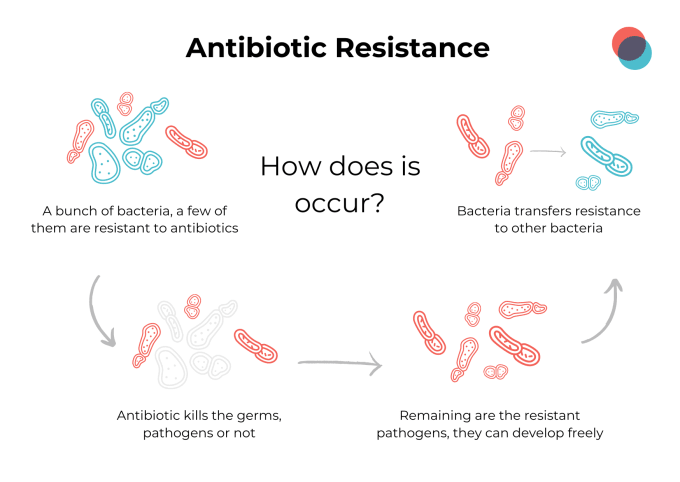Antibiotic Resistance
April 07th, 2022, by Labtoo's team
What is an Antibiotic Resistance?
A common misconception about antibiotic resistance could be that the body is becoming resistant after being exposed to antibiotics.
The reality is that it is the actual bacteria/fungi infecting the body that is becoming resistant to antibiotics.
When being exposed to antibiotic treatment, the bacteria causing the infection can become tolerant to adapt and keep on multiplying, therefore creating new germs with resistance traits.
Indeed, when exposed to antibiotics, the germs produce proteins needed to build a resistance mechanism. The catch is that the germ can carry genes for multiple types of resistance and share them with other germs that have never been in contact with antibiotics, making them very hard/impossible to eliminate.
Moreover, antibiotics will not only kill pathogens, but also “good” germs present in our system.
What can be done?
The best thing to do is prevent infections. By adopting a healthier lifestyle, washing hands, getting vaccinated, and treating infections as soon as they are detected.
You can also educate yourself on which antibiotics to use by contacting a doctor. Also, be careful to not use antibiotics if you are infected by a virus, as they have no effect on this kind of germ.
Researchers working on antibiotic resistance can find biological samples from various infectious diseases through our sourcing service.
